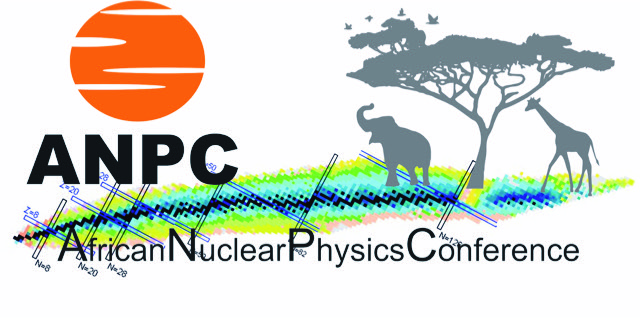Speaker
Description
A vibrant program of nuclear structure studies through $\gamma$-ray and electron spectroscopy, together with magnetic-moment measurements, continues at the Australian National University. We have strong two-way international collaborations whereby we perform experiments at international facilities and also welcome international collaborators to perform experiments in our laboratory.
One of our research themes concerns the structure of nuclei near $^{132}$Sn and the emergence of collective structures as protons are added to and neutron removed from $^{132}$Sn. This work includes the analysis of Coulomb excitation data on radioactive beams from HRIBF (Oak Ridge National Laboratory) combined with on-going Coulomb excitation and magnetic- moment measurements at ANU on stable beams. Recently, with colleagues from the University of Kentucky, we have explored the development of collectivity in the $^{132,134,136}$Xe isotopes by comparing detailed level schemes, transition rates and g factors with results of large-basis shell model calculations.
Electron and gamma spectroscopy underway for some years now to measure the radiative width of the Hoyle state is converging on a new value which improves the precision and differs by some tens of percent from the current adopted value. We are also focusing on E0 strengths near N=Z=28 in the stable isotopes of Cr, Fe and Ni. We are finding strong E0 transitions in the semimagic nuclides. Additional studies with international collaborators include E0 measurements on $^{24}$Mg (UK) and $^{40}$Ca (Japan).
Other work concerns: developing the time-dependent recoil-in-vacuum method for g-factor measurements on Na-like ions, developing fast timing measurements of g factors and lifetimes using LaBr3 detectors, and a reassessment of the Doppler broadened line shape method for lifetime measurements on picosecond states.
Highlights selected from our work will be presented.
This work was supported by the Australian Research Council Grants Nos. DP0773273, DP120101417, DP130104176, DP140102986, DP140103317, DP170101673, and FT100100991.

